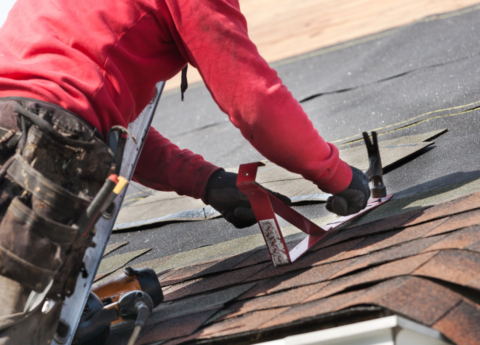As in the U.S. as a whole, women’s participation in the paid workforce in Kentucky has grown over the last thirty years. Also, the gap in wages between Kentucky men and women, while still large, has been shrinking. However, that gap has narrowed in part because men’s wages have weakened, and male participation in the Kentucky workforce has also been declining.
The gap in median wages between men and women has shrunk substantially in Kentucky over the last 30 years (see below). Whereas in 1981 the median female wage in Kentucky was only 62 percent of the median male wage, in 2011 the median female wage was 88 percent of the median male wage. However, this convergence is only partially because median female wages have grown—it’s also because male wages have not. Real female median wages in Kentucky grew by 27 percent over that period while real median male wages fell 10 percent.
The gender gap remains in part because of men’s concentration in better-paying industries as well as the higher wages men typically receive within industries and for particular jobs. Women tend to be in lower-paying industries, like education and health services, and in lower-paying jobs across all industries. The decline of traditionally male industries, like manufacturing, plays a major role in the lack of male wage growth.
Source: Economic Policy Institute analysis of Current Population Survey Data
In recent years, both men and women in the Commonwealth have failed to see progress in wages. Median male wages in Kentucky fell 10 percent between 2001 and 2011, while median female wages grew only 2 percent.
Changing gender roles, demands for two-earner families because of stagnant wages, declines in traditional male job opportunities, and other trends are also leading to a convergence in the share of men and women who are in the paid labor force in Kentucky. The share of working-age Kentucky men participating in the labor force declined from 76 percent in 1981 to 67 percent in 2011, while the labor force participation rate for working-age Kentucky women rose from 50 percent to 56 percent over that period. However, female labor force participation has remained about flat for the last ten years while the male rate has continued to decline.
Source: Economic Policy Institute analysis of Current Population Survey Data
Due to ongoing discrimination and the persistence of traditional gender roles, women continue to be paid less than men in Kentucky. However, those roles are changing at the same time that opportunities for decent-paying jobs traditionally available to men are in decline. And both men and women continue to struggle in a labor market that simply is not providing enough good jobs.
These realities present the need for state and federal policymakers to further address gender discrimination and gender-based wage disparities—building on the success of the Lilly Ledbetter Act—while doing more to protect and grow good-paying jobs accessible to both women and men.
The State of Working Kentucky 2012 is a series of blog posts highlighting how Kentucky workers and families are faring in key indicators of economic well-being including employment, income and wages.






